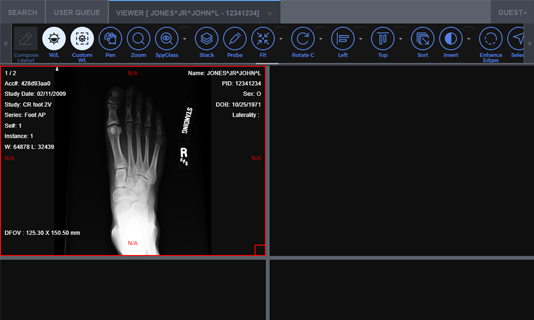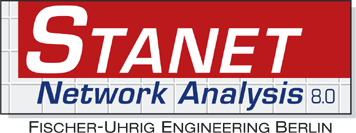Signed Image Processing SDK Libraries
LEADTOOLS provides signed image data support (+/- integer) within its large collection of image processing functions and viewer controls for .NET 6+, .NET Framework, .NET MAUI, Xamarin, UWP, C++ Class Library, C#, VB, C/C++, Java, Objective-C, Swift, and HTML / JavaScript developers.

Libraries Support Signed Image Processing
Image (bitmap) data values can be expressed as absolute value-only or as positive/negative integer values ("signed" image data). These image values are stored in a look-up table (LUT), where the image data range is represented as a single series of integer values. LEADTOOLS can manipulate either the LUT values or the image data directly. When displaying images, mapping the negative and positive values of the signed image data to LUT values speeds up processing.

Signed Pixel Value Data FAQ
Who uses signed pixel values?
Signed image data is most commonly used by medical imaging applications that follow the DICOM standard. Astronomical and geophysical images can also have signed pixel values.
When and why do signed image values matter?
Signed image data is often used when image classification is based on variation from a reference value. For example, image values for DICOM images acquired from a modality can depend on a reference plate, with some (positive) values recorded above the plate threshold and some (negative) below. Some astronomical images also use signed data as variations from a nominal background reference value.
When would I want to manipulate the LUT, and when would I want to manipulate the image data directly?
For many effects, the final result will be the same whether you apply the effect on the LUT or the source data, but processing the LUT will be much faster. For example, inverting the start and end colors of the LUT is faster than inverting the intensity value of each pixel.

Easy to Integrate
LEADTOOLS handles the heavy lifting, eliminating months of R&D, while giving you the best quality and performance available. You'll be free to focus on other components of your application. Download the LEADTOOLS evaluation to streamline your development.

Signed Image Processing SDK Platforms and Programming Interfaces
Operating Systems
Projects that use LEADTOOLS Signed Image Processing libraries can be deployed to Windows, Linux, macOS, Android, iOS, and Web devices.
Frameworks
Developers that are leveraging these frameworks can utilize the Signed Image Processing SDK: .NET 6+, .NET Framework, .NET MAUI, Xamarin, UWP, WinForms, C++ Class Library, ASP.NET, and Web Services / Web API (JSON, SOAP, REST)
Programming, Scripting, Markup
Signed Image Processing code snippets and demo applications are provided for the following: C#, VB, XAML, C/C++, Java, Objective-C, Swift, and HTML / JavaScript
Start Coding with LEADTOOLS Signed Image Processing
Signed Image Processing libraries as well as all LEADTOOLS Recognition, Document, Medical, Vector, and Imaging technologies for all development and target platforms, including Windows, Linux, and macOS.
Online Demo Application that include Signed Image Processing SDK Libraries
HTML5/JavaScript Medical Web Viewer Framework
A zero-footprint Medical viewer with light and dark themes to display DICOM images (pixel data) with window level, density removal, offset, scale, zoom, stack, annotation/markup, and multi-touch support for phone, tablet, and desktop.
It demonstrates zero-footprint 3D volume rendering of multiple volume types including VRT, MIP, MPR, and SSD in the Medical Web Viewer. The viewer does not require browser plugins, desktop utilities, or remote desktop clients and options for low-resolution and caching to speed up rendering and loading.
Note: If you have your own test images that you would like to upload into the application, contact support@leadtools.com to have a private user profile created.










